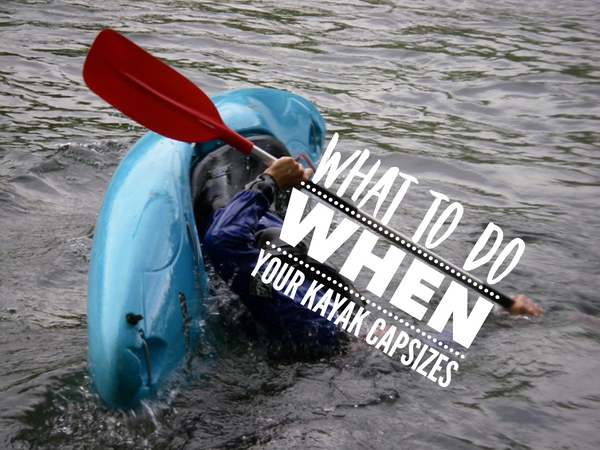A Beginner’s Guide to Kayaking

Taking your first dip into the universe of kayaking should be simple, exciting, and most of all, a safe experience. There are tons of things to consider beyond riding itself — including, for example, when you should ride, what kind of gear you'll need, and how best to have fun!
We’ve got the basics covered for you here! Whether you’re thinking about casually riding a kayak or hoping to master the craft, this guide will help you make the transition from land-walking mammal to confident seafarer in no time at all.
Find the Right Boat
First things first: You need to identify the best type of kayak for you. There are a wide variety to choose from, including the longer and faster sea kayaks built for enduring trying conditions, touring kayaks that are comfortable and easy to enter and exit, and kayaks for junior paddlers.
There are also a wide range of white water kayaks, each suited for distinct water flows. Inflatable kayaks are designed for paddling over flat water, and are a great option for quick and compact storage and transport. One of the better kayaks for beginners may be the sit-on-top kayak, which is stable and easy to paddle, and can be used on rivers, lakes, and sea water.
Sit in the Proper Position
Situating yourself adequately in a kayak hinges on a number of steps centered around maximizing efficiency and comfort. To begin, you need to adjust your backrest such that your lower back and buttocks form a right angle. This position should support your back enough to prevent you from leaning backwards while also keep your chest leaning every so slightly forward.
While seated, the balls of your feet should easily reach in front of you, with your knees bent slightly upward and outward, your toes also pointing outward, and your legs applying light pressure against the thigh braces.
Paddle Like a Pro
There are a myriad of paddling techniques and types of paddles but the key points novice riders should keep in mind are that the shorter side of each blade should be on the bottom, the concave side of the blade should be facing toward the back end of the boat, and the large knuckles of their hands should be pointing upward.
To pinpoint where you should be holding on to the paddle, rest the centerpoint of the paddle on your head and then move your hands along the paddle so that your elbows form a 90-degree angle with your forearms. When riding, make sure to maintain a relaxed grip and rely on your torso to drive your paddle.
Gear up!
Regardless of how accommodating the forecast is, you should always keep the temperature of the water in mind when dressing for a ride. The water is much colder than the warm sun might have you believe, and water splashes into the boat more often than you might think. Proper dress, water shoes and dry bags are essential equipment for keeping you and your belongings warm and dry.
In terms of safety, a must-have for beginners is some type of personal flotation device (PFD). Look for a vest that acts like a life jacket but provides considerably more mobility around the arms and neck. You should also look into purchasing a helmet, especially if you’re planning on more dangerous types of kayaking.
Take a Course or Lesson
Now that you have everything you need to kayak, you can head out to the water. First timers can head over to a local club or activity center to connect with an instructor.
If kayak classes are not an option, definitely find an experienced rider to accompany you as you learn the ropes. Kayaking alone is not only dangerous for newcomers, but also terribly lonesome. So gather your gear, call up your friends, and hit the water today!
Leave a comment
Comments will be approved before showing up.
Also in Blog

How to Choose the Right Kayak Anchor
Choosing the right kayak anchor can make all the difference when it comes to staying steady on the water. This guide walks you through everything you need to know about selecting the perfect folding kayak anchor

What To Do When Your Kayak Capsizes
Although kayaks are designed for stability no matter the conditions, accidents happen and knowing what to do can help you avoid an unpleasant experience. Preparedness and technique are key components to controlling a sometimes scary situation.


